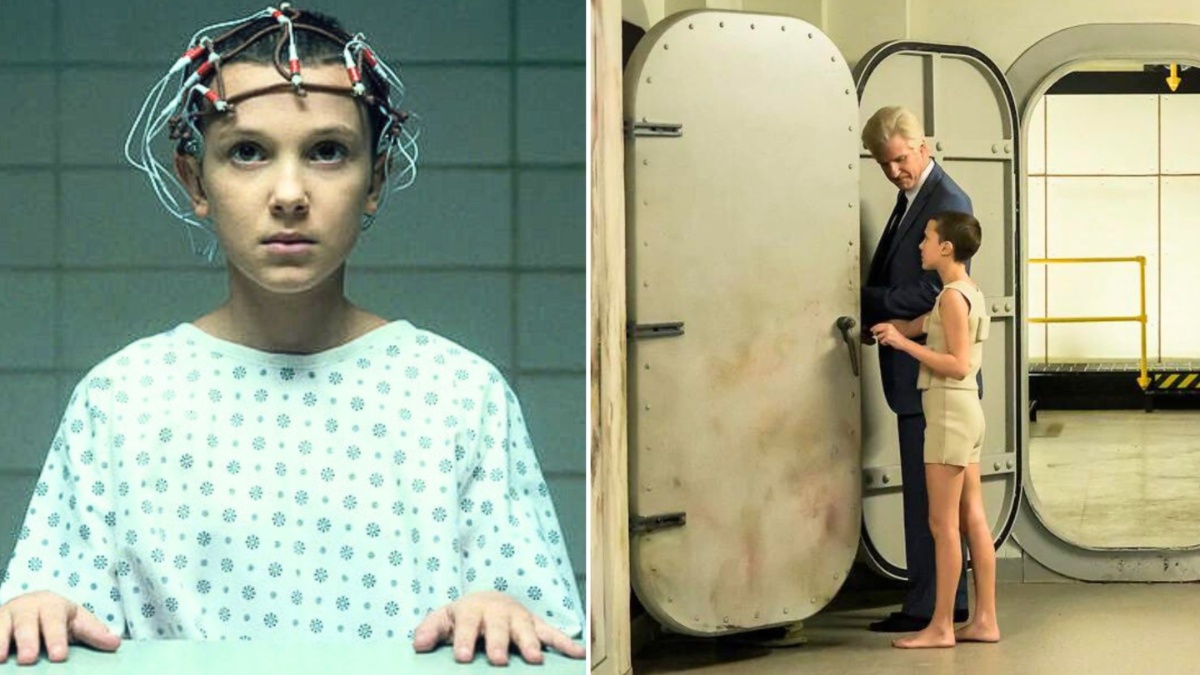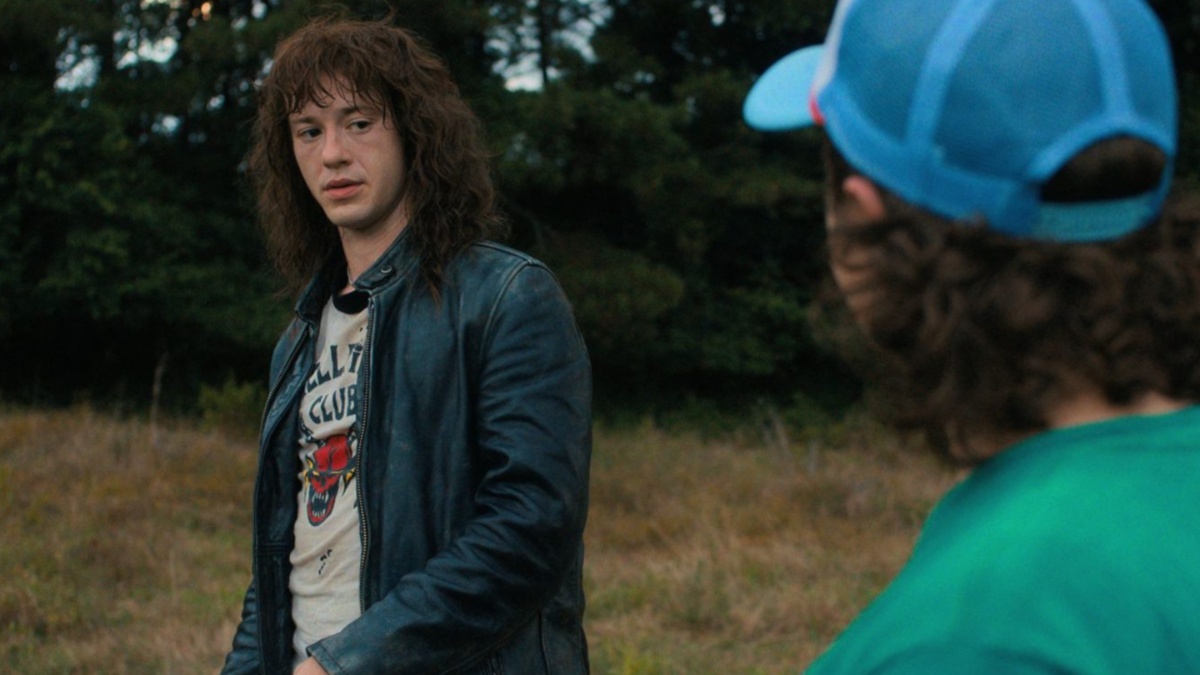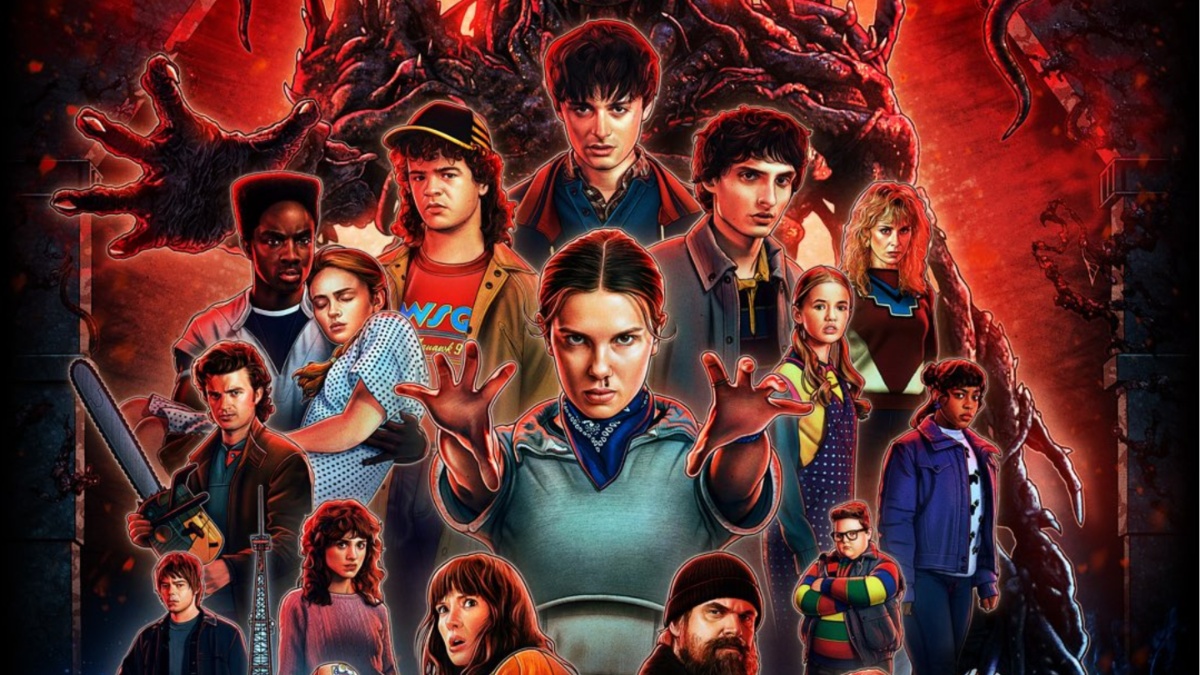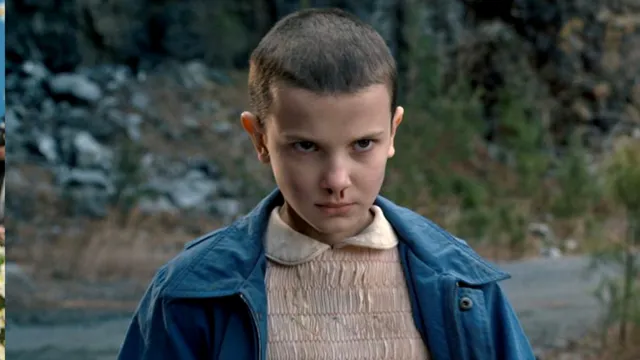- By Tanya Garg
- Tue, 18 Nov 2025 11:13 AM (IST)
- Source:JND
Stranger Things Inspired By Real Events: The most eerie aspects of Stranger Things may be traced back to actual experiments, conspiracies, and societal anxieties that once plagued America, despite the show's reputation for monsters, portals, and nostalgia for the 80s. The darker truth behind the series's origins reveals that reality was frequently more unsettling than Hawkins's made-up horrors as it approaches its final chapter, which will be released in three parts starting on November 26, 2025, on Netflix.
The Stranger Things, which takes place in Hawkins, Indiana, where Eleven (Millie Bobby Brown) and her group try to stop Vecna (Jamie Campbell Bower) from wreaking devastation on the world, will come to an end with season five. Now, even while the Duffer Brothers based their show on science fiction and paranormal elements, many of its pillars were derived from official government projects, notorious hauntings, and actual instances of public panic.
The Montauk Project
The show's original title, Montauk, was a clear reference to the long-running conspiracy theories surrounding Camp Hero before Hawkins existed. These assertions implied that the government was conducting studies on kidnapped children, mind-control methods, psychological warfare, and even 'time travel and teleportation.'
Recommended For You

The Duffer Brothers changed the location to Indiana, but the idea of kids being ensnared in secret experiments persisted. These Montauk legends are directly responsible for the tone of secrecy that characterises Hawkins Lab.
Eddie Munson Inspired By TRAGIC Story
In the fourth season of Stranger Things, Eddie Munson (Joseph Quinn) was introduced as the head of the Hellfire Club. However, after Chrissy Cunningham (Grace Van Dien) died, he was suspected of engaging in demonic activities, which led to him becoming the town pariah. The true-crime documentary series Paradise Lost, which explores the case of the West Memphis Three, a group of youths falsely convicted of murder in the 1990s, served as a loose inspiration for the character.

The Amityville Horror
The notorious Amityville Horror, a tale that has captivated and scared viewers since the 1970s, serves as the basis for the Creel House, a key component of Stranger Things Season 4. George and Kathleen Lutz, a newlywed couple, moved into a home on Long Island, New York, in 1977. The house had a horrific past; only 13 months prior, Ronald DeFeo had killed six family members by himself. In spite of this, the Lutzes paid less for the house in the hopes of starting over.
The family reported paranormal activity almost immediately. They reported seeing mysterious slime pouring from walls, hearing disembodied voices, and seeing significant behavioural shifts in Kathleena's kids and themselves. Even a priest who tried to bless the house experienced strange bodily symptoms, such as stigmata, boils, and fever. Fearful of cumulative disruptions, the Lutzes left the house after just 28 days.
Even while the Amityville tale itself has long been controversial, its impact cannot be denied.
ALSO READ - What If Eleven Opens The Gate Of Upside Down One Last Time To Save Max? Imagining Stranger Things Ending
What To Expect From Stranger Things Season 5?

Stranger Things incorporates real-life incidents and conspiracies into its paranormal story, from MKUltra to Montauk, the Amityville Horror, and the Satanic Panic. As the Hawkins people deal with the Upside Down and echoes of human cruelty and concealment, Season 5 will bring these threads to a conclusion.
These real-world elements continue to be essential to the plot as Stranger Things draws to a close. Deeper connections between Vecna, Hawkins, and the beginnings of the supernatural events in the show are hinted at in early previews, which depict Will Byers' initial entry into the Upside Down.






